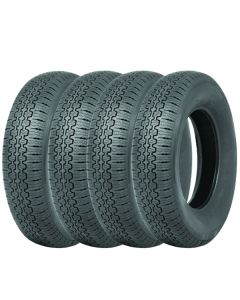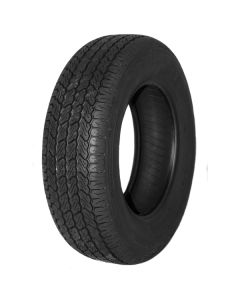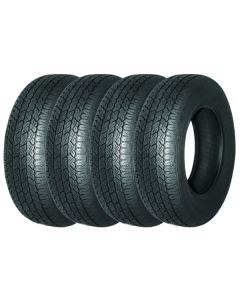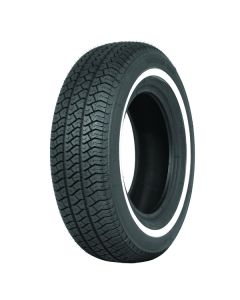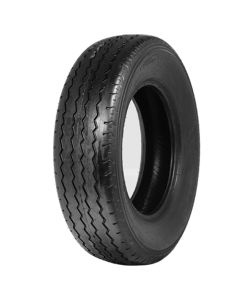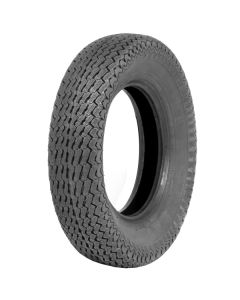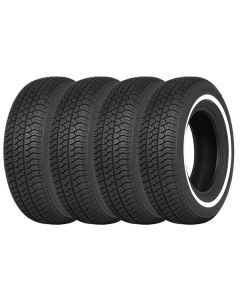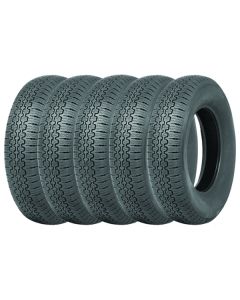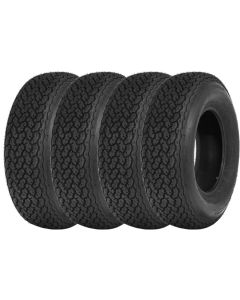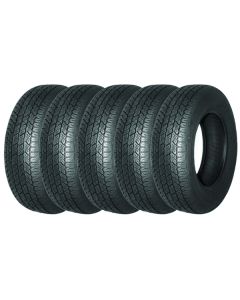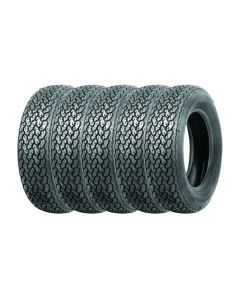Opel Admiral Tyres

1938 Opel Admiral
Opel Admiral 1937–1977
Opel Admiral Tyres 1937–1939
- The Vintage Opel Admiral made between 1937 and 1939 fitted 650–16 crossply tyres.
- For this car, we recommend the 670 H 16 Avon Turbospeed.
- Another valid Opel Admiral tyre is the 6.50 x 16 Excelsior as it is the exact size as the original; however, we recommend the Avon Turbospeed over the Excelsior due to the better quality.
- Vintage crossply tyres all need innertubes to function. The best tube for 6.50–16 tyres is the Michelin 16F Offset Valve Reinforced Inner Tube.

Opel Admiral A Advert
Opel Admiral A Tyres 1964–1968
- The Classic Opel Admiral A 2.6L and 2.8L originally fitted 7.00-14 crossply tyres, which are not currently in production. We recommend switching to radial tyres.
- The ideal equivalent radial size for 7.00-14 is 185 R14, which allows you to fit the excellent 185 HR 14 Michelin MXV-P.
- The Classic Opel Admiral A 4.6L fitted 7.00–15 crossply tyres, today only classic racing tyres are available in this size, which is not appropriate for road use. We suggest a move to radial tyres.
- A close radial equivalent size is 185 R15.
- In this size, the ideal radial Opel Admiral tyre is the 185 VR 15 PIRELLI CINTURATO CA67.

Opel Admiral B
Opel Admiral B Tyres 1969–1977
- Opel Admiral B tyres matched those of the Admiral A.
- Our recommended 2.6L and 2.8L Opel Admiral B tyre is the 185 HR 14 Michelin MXV-P, fitted with a set of Michelin 14F tubes.
- Our recommended 4.6L Opel Admiral B tyre is the 185 VR 15 PIRELLI CINTURATO CA67, fitted with Michelin 15F Tubes.
Low-Profile Opel Admiral Tyres
- A low-profile equivalent size to 185 R14 is 205/70 R14. In this size, we can recommend the 205/70 WR 14 PIRELLI CINTURATO CN36.
- A low-profile equivalent size to 185R15 is 205/70 R15. In this size, we recommend the 205/70 R 15 PIRELLI CINTURATO CN12.
- A Jaguar E-Type was the focus of a Classic Car Tyre Test conducted by a German car magazine. The review identified the PIRELLI CINTURATO™ CN12 as the most suitable 205/70 R15 tyre for classic cars without power steering, while the PIRELLI P5 was recommended for cars equipped with power steering.
Opel Admiral Innertubes
- According to our Michelin Fitment Guides, the 1964–1967 Opel Admiral fitted tube-type wheels throughout production. This means that innertubes are necessary for the wheel and tyre to work together, even if your tyres are tubeless.
- The ideal innertube for 185R14 and 205/70R14 tyres is the Michelin 14F Offset Valve Inner Tube.
- The ideal innertube for 185R15 and 205/70R15 tyres is the Michelin 15F Offset Valve Inner Tube.
History of the Opel Admiral
The Opel Admiral has a storied place in automotive history, beginning in the 1930s as a luxury car that symbolized prestige and comfort. The original Admiral, produced from 1937 to 1939, was a testament to Opel's engineering prowess during the pre-war era. It offered advanced features for its time and was powered by a 3.6-liter inline-six engine that delivered a smooth ride, although production was cut short by World War II.
After a very long hiatus, the Admiral name was revived in 1964 with the introduction of the Admiral A, which continued the tradition of providing a luxurious driving experience. The Admiral A featured a range of six-cylinder engines, from a 2.6-litre to a 2.8-litre, and later a 4.6-litre V8 following the growing demand for performance.
The Admiral B was added to the Admiral line-up in 1969, bringing further refinements. It featured a modernised body design, enhanced suspension, and an improved interior. This model continued with six-cylinder engines and maintained the option for a V8, catering to those who valued performance alongside luxury.
Throughout its production, the Admiral remained a symbol of luxury within the Opel range, competing with other high-end European cars but often at a more accessible price point. It was favoured for its spacious interiors and solid performance. Notably, the Admiral series saw several facelifts and technical improvements during its run in the '60s and '70s, including upgraded braking systems and the introduction of fuel injection technology, illustrating Opel's commitment to innovation.
The Admiral's production run eventually ended in 1977, but the model left behind a legacy of luxury and performance that reflected the evolving tastes and technologies of the mid-20th century. It remains a beloved classic among in-the-know luxury car enthusiasts and collectors today.
Opel Admiral Fitment Guides

1937–1939 Stone and Cox Opel Admiral Fitment Guide

1964–1975 Michelin Opel Admiral Fitment Guide

1972 Michelin Opel Admiral Fitment Guide











